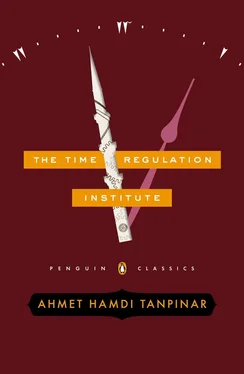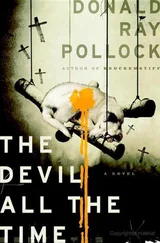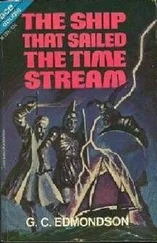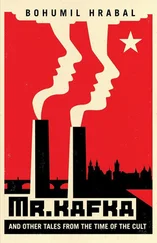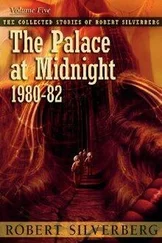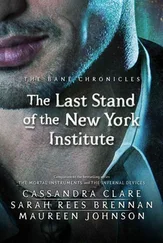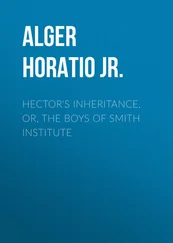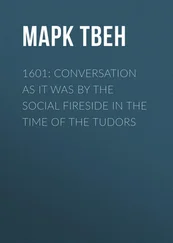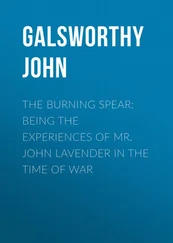With all its unexpected developments and digressions, this episode kept us entertained for months. But then something else happened, and it was quickly consigned to the shadows. Two Bulgarians had come to Istanbul in search of a treasure that had been buried in some village in Thrace during the Balkan Wars. Who had given these men the address of our coffeehouse? What had led them to us? Needless to say, a committee was formed that spring, after which camping supplies fit for a North Pole expedition were procured and a little steamboat rented for the journey. Within two weeks, the area in question had been subjected to an exhaustive search. Those who stayed behind followed each new development in eager anticipation. The size of the fortune changed from day to day. It began at ten thousand pieces of gold, descended to five, then shot up to twenty before finally peaking at a hundred thousand. Quite possibly the entire summer would have carried on like this had it not been for the local council, which finally intervened, thank God, putting an end to the search. When the expedition returned, an argument broke out over the costs incurred. But calm was soon restored when one of our acclaimed historians began a riveting recitation of the battle of Holy Ali, a performance that lasted nearly three hours. That was one of the most emotional evenings the coffeehouse has ever known. Though Emine was unwell at the time, I accepted, instead of going home, Dr. Ramiz’s rather uninspiring offer of rakı and a few simple mezes.
That night we lost the two Bulgarians, but a Swiss-German orientalist arrived to fill their shoes. How happy the miserable man was to have stumbled upon a community as high-minded and intellectual as ours. His face was as yellow as a potato, and a broad smile split it into two halves that seemed incapable of ever reuniting. His poor Turkish prevented him from following discussions and becoming a close friend, but he certainly found us at just the right time: a week after his arrival his money ran out, and the community took him on as its ward. Then he decided he could earn a living as an architect. So he set up his office at a table on the right side of the coffeehouse, where he negotiated with customers and constructed scale models with matchboxes, making the necessary alterations before offering the final plans, all under the attentive eye of the regulars. There couldn’t have been an easier or more practical way of running a business.
He carried on his work like this for four whole years. No architect could have been more patient, thoughtful, or attentive to the needs of his clients. If a client asked, “Now, what if we place these two boxes here?” Dr. Mussak would close his eye and think for a moment before knocking down his model building and starting again from scratch. It was then that I understood the vast difference between designs drawn up on paper and those realized in solid materials of three dimensions. As his work was conducted out in the open, for all to see, it was not just the coffeehouse proprietor but also his customers and even the waiters who were involved in the process; we all offered suggestions, and Dr. Mussak would hear us out with unflagging interest, on many occasions even agreeing with us. I don’t really know who invented cooperative housing, but clearly this friend of ours had discovered cooperative architecture. Sadly, a freak accident put a sudden end to his work: Our dear friend forgot to install stairs in a three-story house he had constructed near the Ibrahim Pasha Fountain in Süleymaniye. Once the scaffolding was taken down, it became clear that the three floors were not separate so much as completely cut off from one another. Even the enormous villa that Dr. Ramiz used to illustrate the configuration of the conscious and subconscious minds in his lectures on psychoanalysis at the Department of Justice Medical Facility seemed somehow more logical and correct — and while its cellar and attic were complete, the first floor was either empty or unfinished.
But allow me to say this: these two buildings — which at the time utterly confounded me, being beyond my comprehension — these two buildings, along with the models Dr. Mussak built out of matchboxes, later proved extremely valuable to me, for when they decided to commission a new institute building, I rejected all proposals and took on the job myself. Drawing on what I had learned from these two men, I created the acclaimed institute building so admired by the public. In due course I shall discuss the building in more detail; after all, for three years it was a topic of intense debate all over the world. But for now suffice it to say that this building, whose second floor was left unfinished like some kind of covered terrace — it contained nothing but structural pillars, an elevator, and a cavity where the staircase should have been — was directly inspired by the house in Süleymaniye and the aforementioned villa as described to me by Dr. Ramiz.
So the house in Süleymaniye was the next source of vigorous debate in the coffeehouse, and for whatever reason, it seemed to have fallen to us to assign a function to the two floors unconnected by stairs.
It was always the same: any enterprise, however serious at its outset, would soon be undone by an inscrutable logic. Once handed over to the crowd inside, what had seemed crystal clear just two steps away from the coffeehouse would be twisted into a muddy mockery of fate.
This was the marshland we knew as “the absurd.” And though I couldn’t see it, I was up to my neck in it.
I was as in thrall to this world, as if I had fallen into the grips of a densely feathered beast, engulfed by its many soft arms and ticklish wings while its husky voice lulled me into a languid stupor. I was living in a world without connection, or without any connection that wasn’t meaningless or absurd: I felt myself to be in a fairground torn asunder by a violent tornado that had come out of nowhere. Where had the storm started? What uncanny worlds of opposites had it plundered, which disparate armadas had it so rattled to the core that it was now quite impossible to identify the true faces of those who are blown our way? Objects would appear one after the other, as if pulled out of a magician’s hat, and then it would emerge that they were somehow linked to one another. At the time I found the experience quite pleasant, but when I consider it in retrospect, I see the traces of a nightmare.
I was fording a deep-sea cavern lined by the remains of knowledge and by all the ideas I had ever failed to grasp. As they swirled around my feet I moved forward, and with every step I felt the coil of unfounded beliefs, ungrounded frustrations, and unending despair tightening around my chest and arms; whereupon, like rotten seaweed, they pulled me deeper into the depths of the sea; and every time I opened my eyes, gruesome leviathans larger than the eye could see would lunge toward me through the murky void. Then suddenly they would vanish, like giant squid eclipsed by their own clouds of ink, and I found myself face to face with Dr. Ramiz or Lazybones Asaf, my head turned toward the wild laughter that was cutting through the thunderous chaos in my head — a clanging in my ears rising from the depths I had just been wandering — and I would look around me as if I’d just woken from a dream, recognizing nothing.
“Yes, my dear friend,” Ramiz Bey was saying. “There’s no end to all this! The youth must take action and cast off the shackles of this fatalisme `a l’Orient !”
The doctor’s face darkened. As if in response to a command, Asaf Bey dragged his feet and arms away from the four chairs he usually commandeered, and then, as if to reward himself for this arduous task, nested his head on the table, in his crossed arms, and fell into a deep sleep.
Читать дальше
